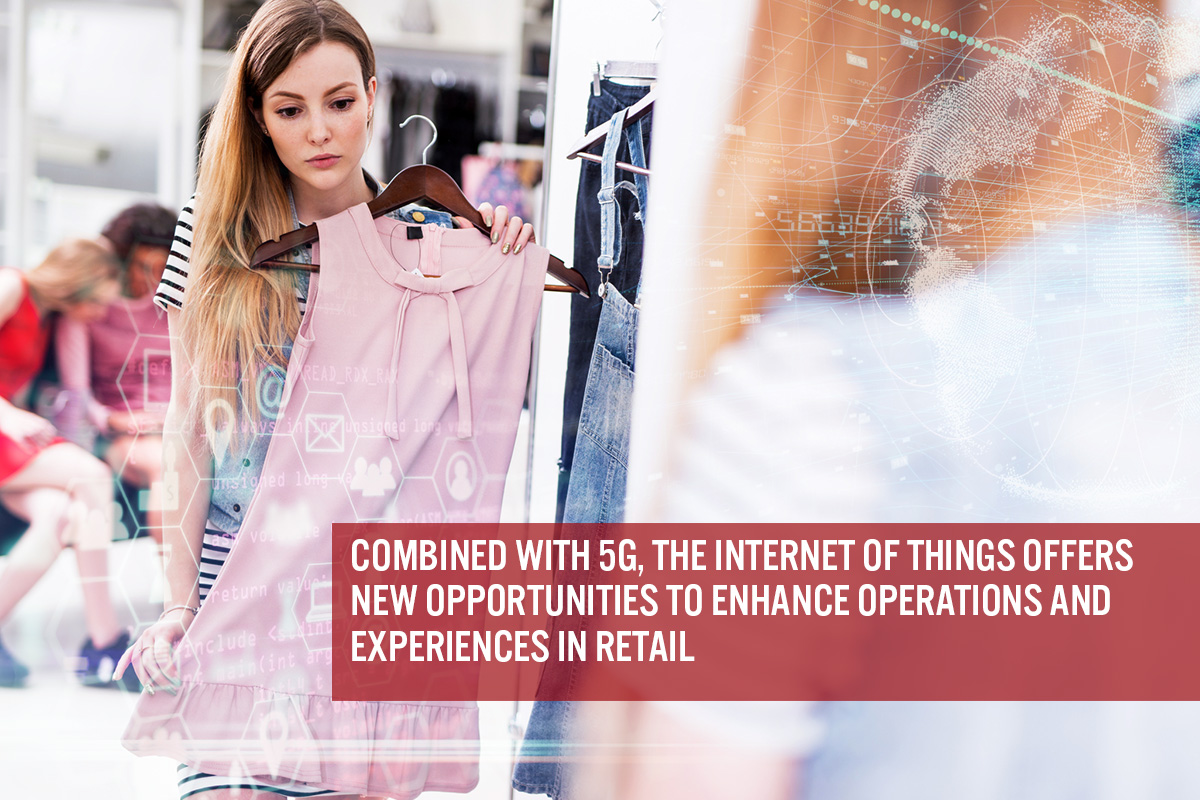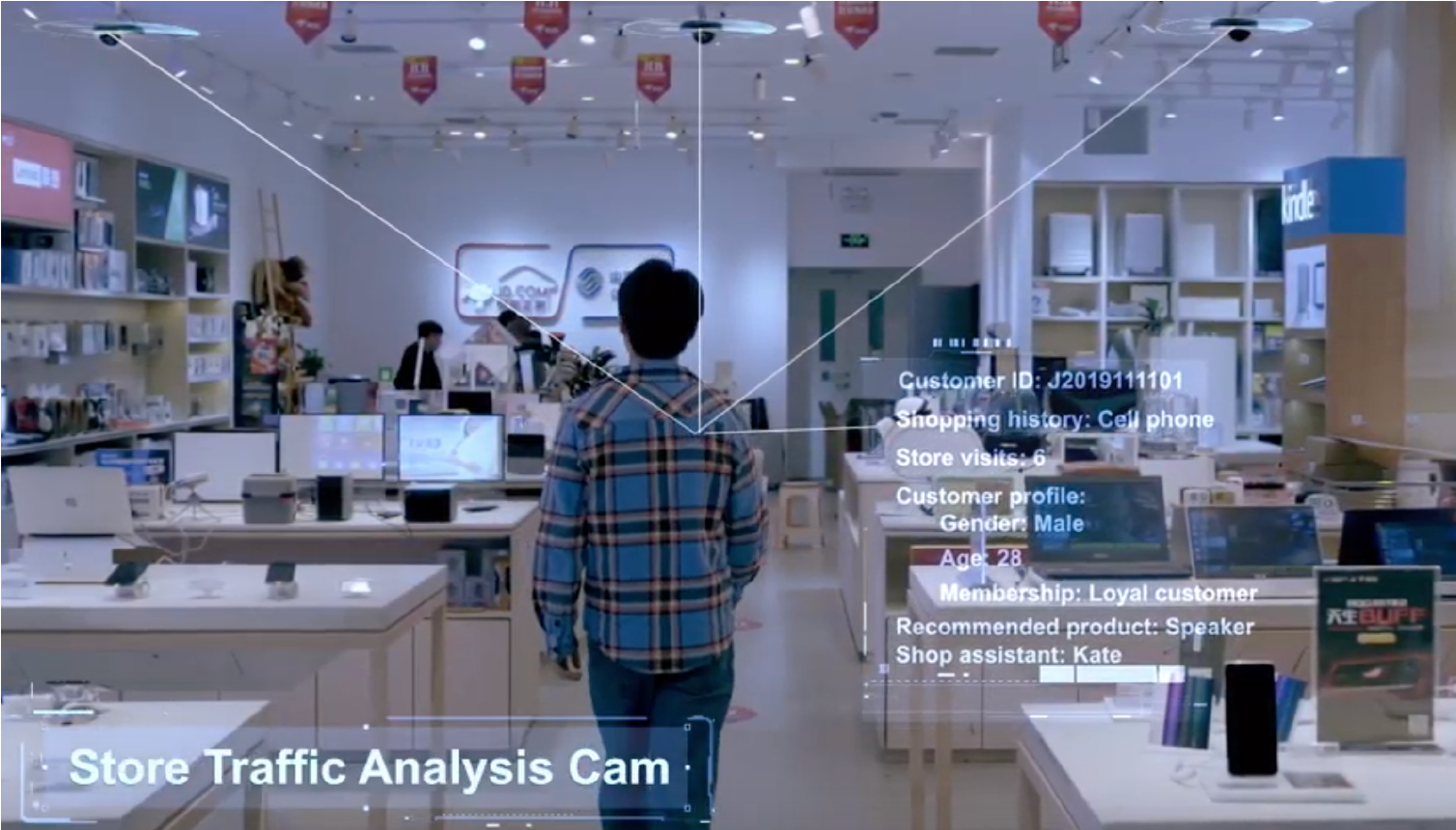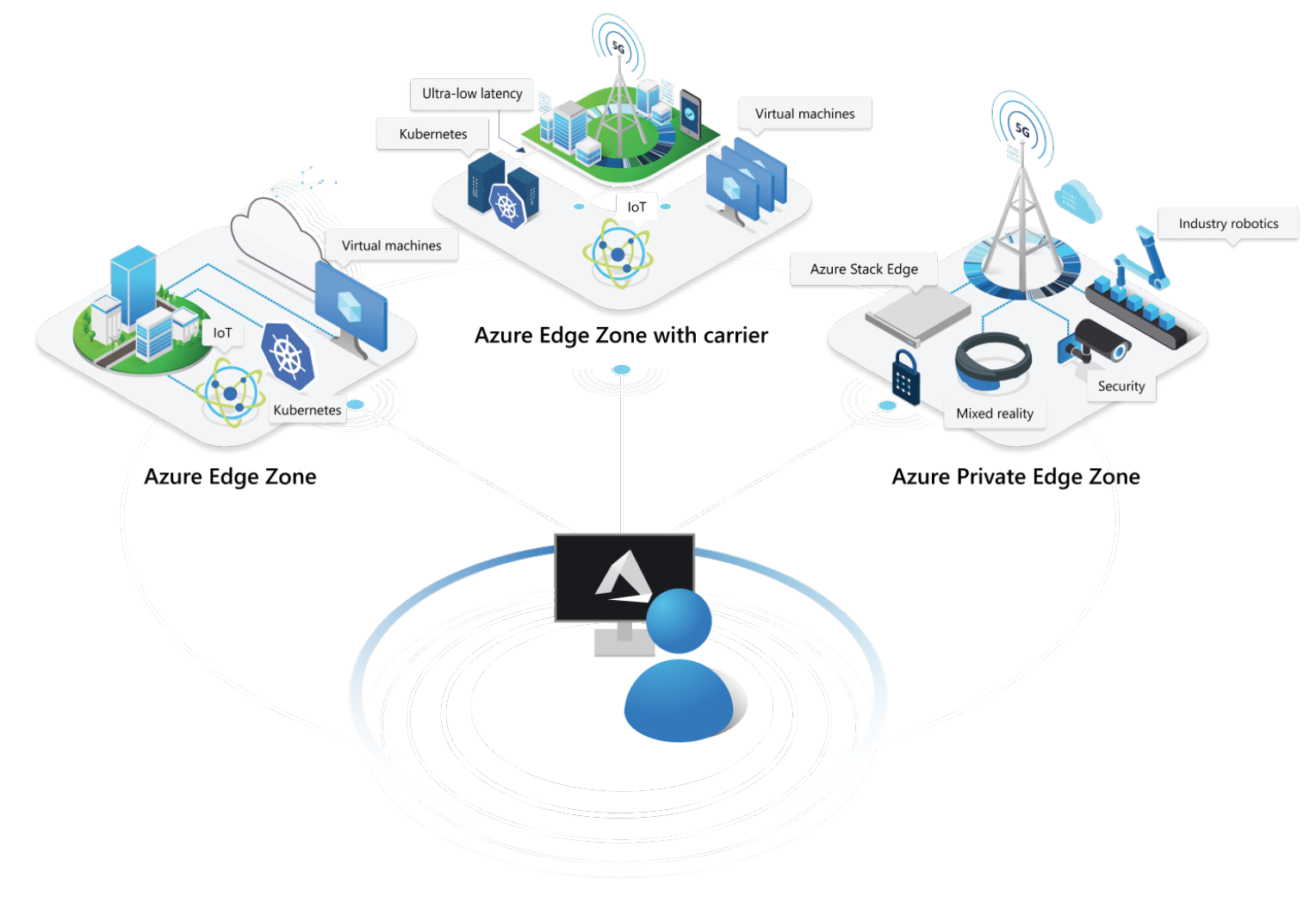
albert Chan
The IoT connects all kinds of devices, including machines, sensors and cameras, and it can be used to track assets, monitor customer satisfaction and provide logistics insights. Spending on IoT has been growing steadily in the past few years. Global expenditure on this technology is set to reach $248 billion in 2020, up 17% year over year, according to Statista. Furthermore, Statista expects spending on IoT to increase at a CAGR of 45% over the next five years.
Combined with 5G wireless technology, the IoT can accelerate the digital transformation of logistics and manufacturing in the retail supply chain. As the technologies are rolled out globally, we expect more brands and retailers to leverage 5G-powered IoT to improve operational efficiency and consumer experiences.
5G is the fifth generation of wireless communications technology, running on cellular data networks. Compared to older technology, 5G can connect a larger number of devices and reduces network latency (i.e., the delay in connecting to the network): The peak download speed on a 4G network is around 1 gigabit per second, whereas it is 20 gigabits per second for 5G; and the lag from download to download start (i.e., latency) is reduced from 10 milliseconds to 1 millisecond.
5G’s low latency also supports augmented reality and virtual reality (AR/VR) applications. The rendering of graphics is a crucial part of creating experiences using these technologies, and this latency-sensitive process is usually done in the cloud. Once rendering is complete, a fast and reliable connection is required to deliver the experience from the cloud to device users. Hence, the deployment of 5G significantly improves consumer experiences of AR and VR due to its higher speed and lower latency, as response time is critical to offering fluid, immersive experiences.
JD.com Implements 5G-Powered IoT in Logistics and Physical Retail
In October 2019, JD.com unveiled China’s first 5G-powered smart logistics park. The facility in Beijing has more than 800 chutes that distribute parcels to different regions of the country; it can handle 1.6 million orders per day. To maintain efficiency in its fulfillment operations—and thus provide enhanced customer service—JD.com leverages a number of industrial IoT applications that create real-time connectivity, supported by the higher bandwidth offered by 5G. For example, the park in Beijing monitors the location and routes of forklifts and pallets in the warehouse in real time; the technology is able to detect and analyze potential issues, for which it then provides preemptive alerts.
The company has built 25 similar highly automated fulfillment parks over the past five years. In addition to smaller items, some of the parks are equipped to sort medium-sized packages such as small home appliances, kitchenware and computer/office supplies.
[caption id="attachment_108247" align="aligncenter" width="550"] An automatic sorting center
An automatic sorting centerSource: JD.com[/caption]
In addition, JD.com is testing the deployment of autonomous drones and vehicles in delivery operations, whose performance is enhanced due to the reduced latency of a 5G network. During the outbreak of the coronavirus in China, the company used autonomous vehicles to perform contactless deliveries to customers.
[caption id="attachment_108248" align="aligncenter" width="550"] Source: Xinhua/JD.com[/caption]
Source: Xinhua/JD.com[/caption]
In November 2019, JD E-Space, the world’s first retail space to be completely covered by 5G connectivity, sold over ¥10 million (around $1.4 million) of merchandise in the first hour after it opened in Chongqing, China. The store is powered by JD.com’s StarLink IoT retail platform, which integrates over 1,000 different technologies and appliances. Partnered with Intel’s Open Retail Initiative, the platform leverages open-source Edge X IoT middleware and Intel’s technologies to allow instant communication between smart devices inside the store. JD E-Space features dynamic price tags (aligning with online prices), product QR codes that consumers can use to place orders instantly and robots to guide customers and introduce products.
StarLink also collects and analyzes in-store data to provide the retailer with insights into new customer acquisition, promotion performance, shopper behavior—including store traffic and footfall (with heat map monitoring)—and more.
[caption id="attachment_108249" align="aligncenter" width="550"] JD.com’s StarLink IoT Platform
JD.com’s StarLink IoT PlatformSource: YouTube/JD.com[/caption]
Microsoft Leverages 5G To Provide Enhanced Cloud Services
In March 2020, Microsoft launched Azure Edge Zones, which serve as local extensions of cloud computing service Azure. This technology is an example of edge computing—putting processing power closer to where it is needed to reduce response times and solve compute, storage and service availability issues. Using 5G networks, Azure Edge Zones deliver local data processing for latency-critical industrial IoT as well as artificial intelligence applications and real-time analytics. Users can connect Azure Edge Zones through Azure, with select carriers and operators or as private customer zones; currently, Azure Edge Zones are available with AT&T in North America, but Microsoft plans to expand the service to more carriers in the future.
[caption id="attachment_108250" align="aligncenter" width="550"] Azure Edge Zones
Azure Edge ZonesSource: Microsoft[/caption]
To further enhance its strength in 5G and edge computing, Microsoft acquired Affirm Networks in March 2020, a company that specializes in fully virtualized, cloud-native networking solutions for telecom operators.
Edge computing seems to be the next battleground for technology firms. Google also launched a new service, Global Mobile Edge Cloud (GMEC), in March this year. Previously, telecommunications companies could only run their applications in Google’s data regional center, but with GMEC, they can run applications on more than 130 edge locations around the globe.
5G and IoT in Physical Stores
Telecommunications company Verizon is in discussions with Walmart to outfit the retailer’s stores with antennas and equipment that will create a 5G wireless network, according to the Wall Street Journal. Walmart plans to use the network to support its in-store digital health services for customers and employees. The network could also connect multiple cameras, used for security—identifying shoplifters—and monitoring inventory levels on store shelves.
Autonomous solutions for keeping retail stores clean and managing restocking have also been developed by robotics companies Xenex and Brain Corp. The firms have partnered with telecommunications company AT&T to equip the cloud-enabled artificial intelligence platforms with highly secure cellular connectivity, in order to enhance their capabilities. During the current coronavirus pandemic, this is particularly useful in maintaining hygiene levels in retail stores and hospitals. For example, Xenex LightStrike Germ-Zapping Robots leverage 5G wireless networks to communicate information about which hospital rooms have been disinfected, how long the robot has been in operation and other maintenance details, using ultraviolet light to kill bacteria. The coronavirus crisis has seen panic-buying and stockpiling trends, which has created challenges around stock management in brick-and-mortar retail. IoT-enabled robots are being deployed to scan shelves to determine which items need replenishment, and they can access the AT&T network to communicate inventory information to store employees.
Key Insights
5G-powered IoT applications are likely to revolutionize retail in the future, as cloud services that leverage 5G connectivity expand the capabilities of IoT even further. Brands and retailers can accelerate their digital transformation by equipping their brick-and-mortar stores with innovative IoT solutions. Considering the current social distancing practices due to the coronavirus crisis around the world, incorporating AR/VR experiences into consumers’ digital journeys could be the first place to start.